
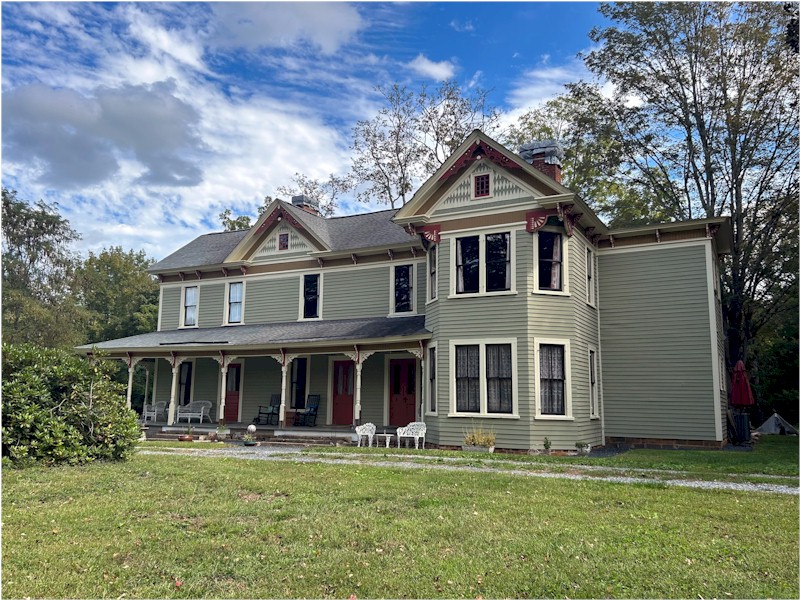
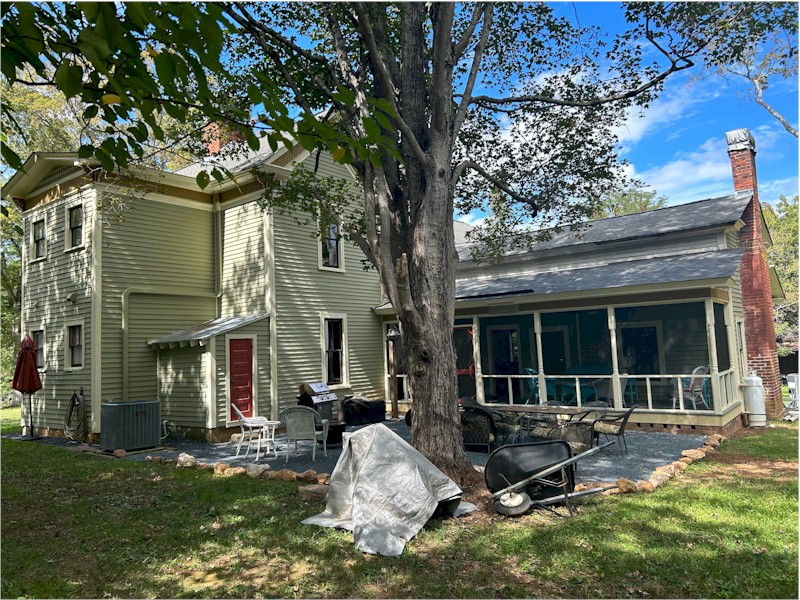
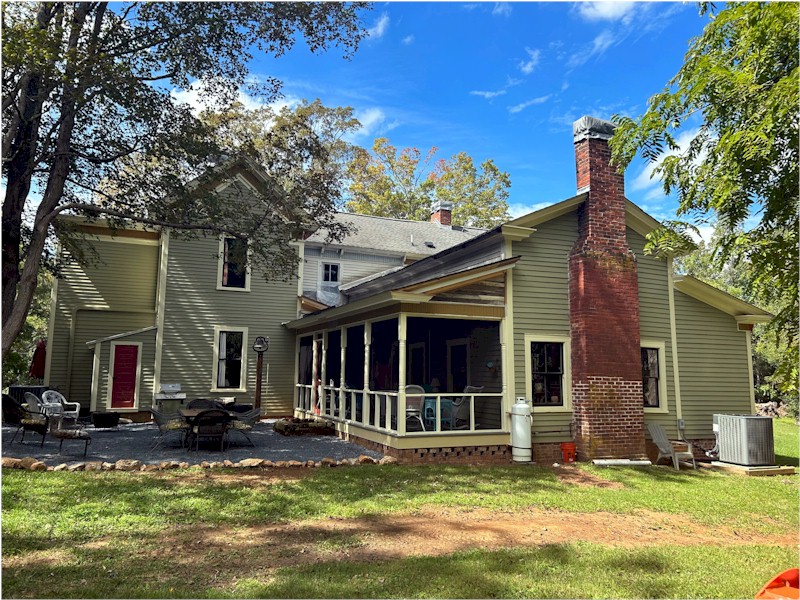
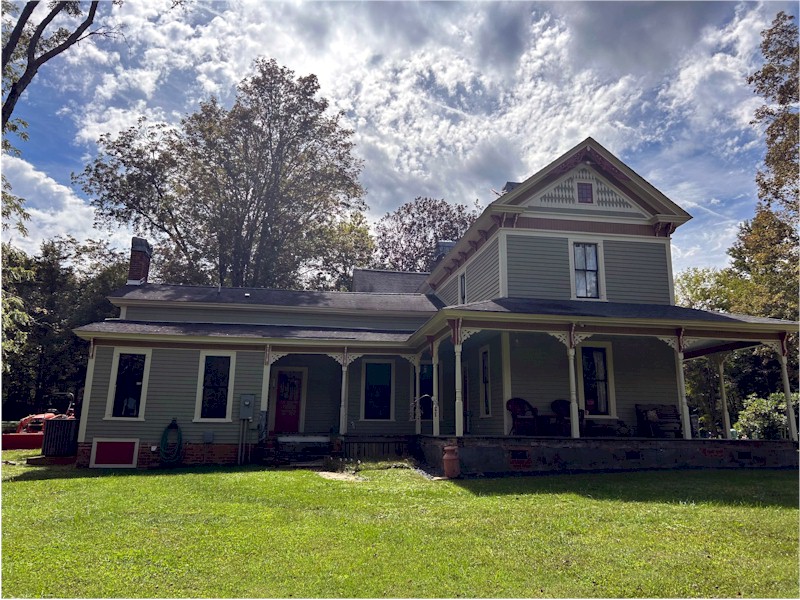
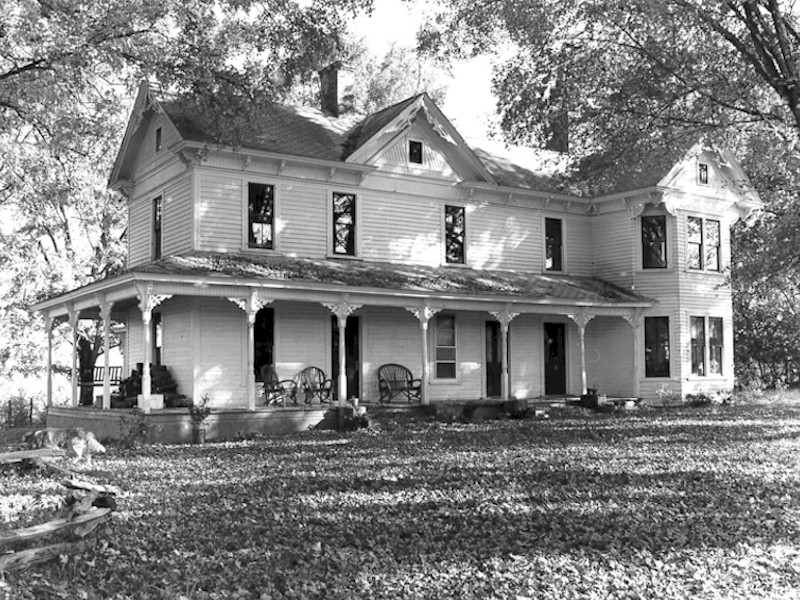
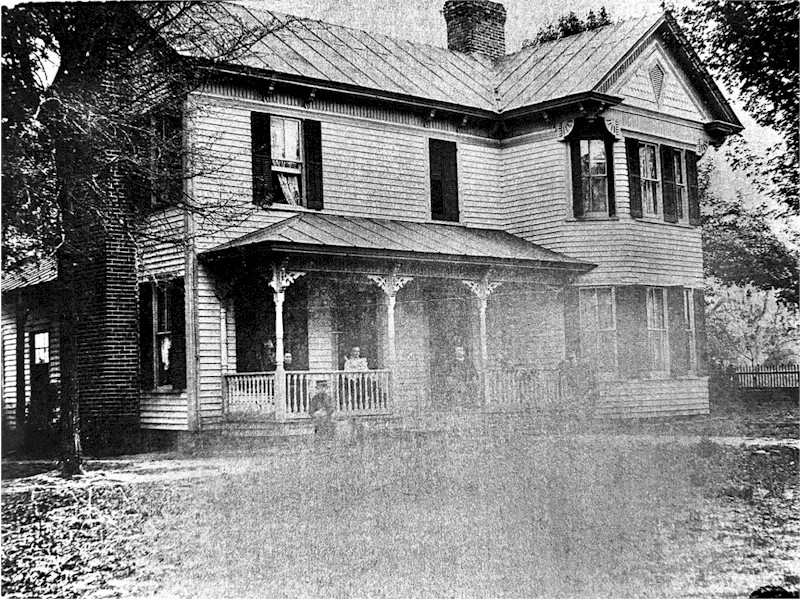
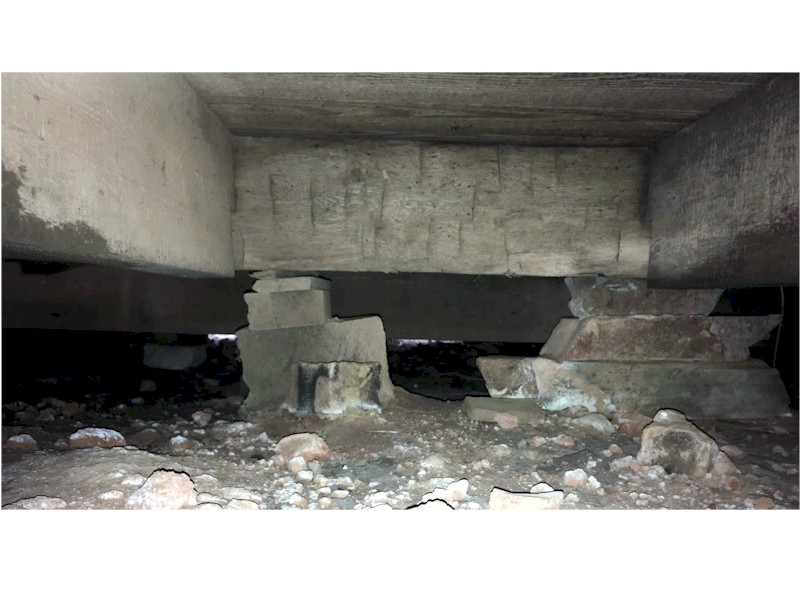
Beams underpin ca. 1850 center section of house.
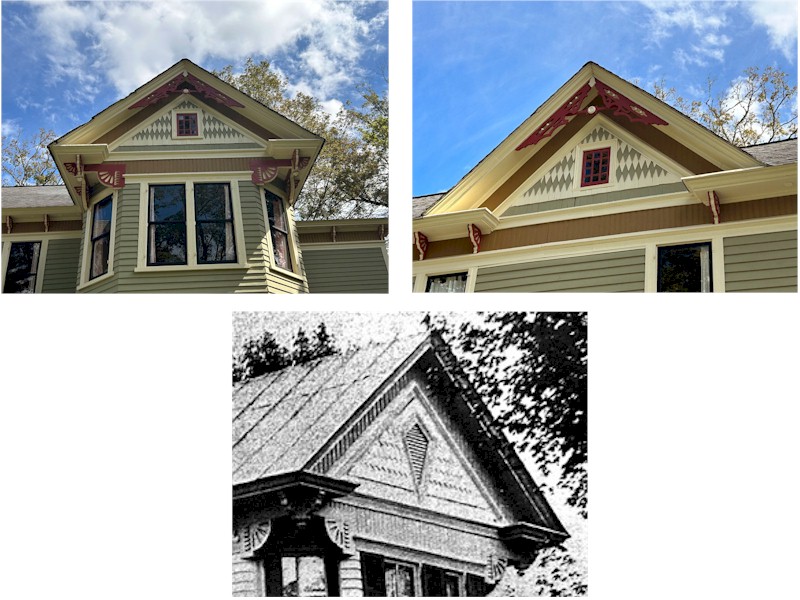
Top: Post-1890s gable end with windows and Eastlake-style bargeboards. Bottom: gable end with vent prior to 1890s renovation.
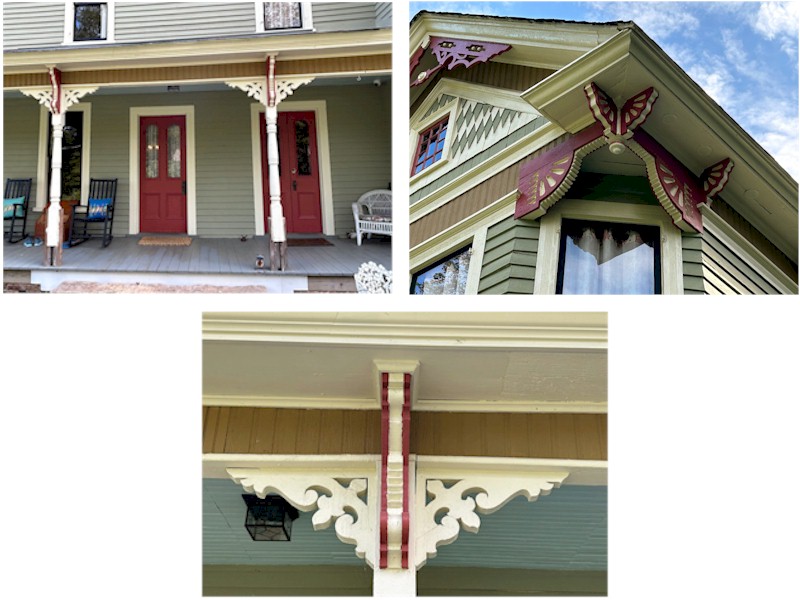
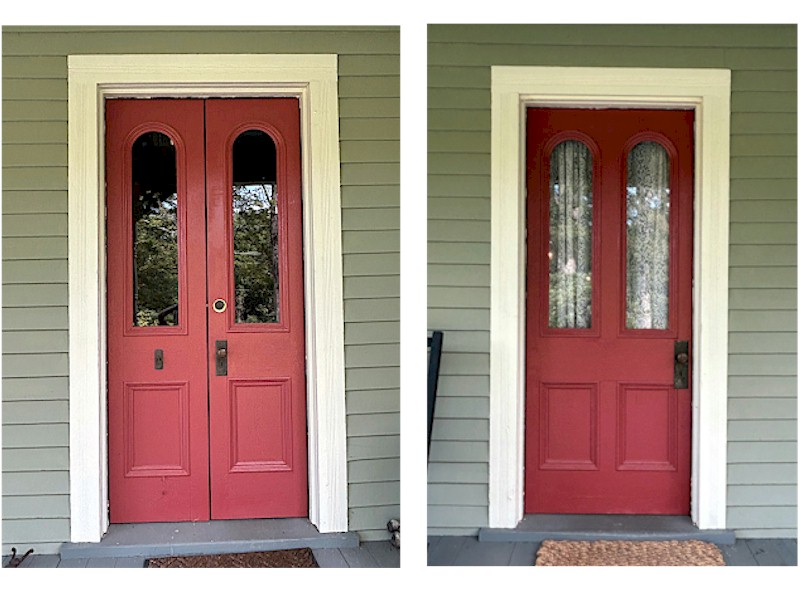
Main entry double door and central front door.
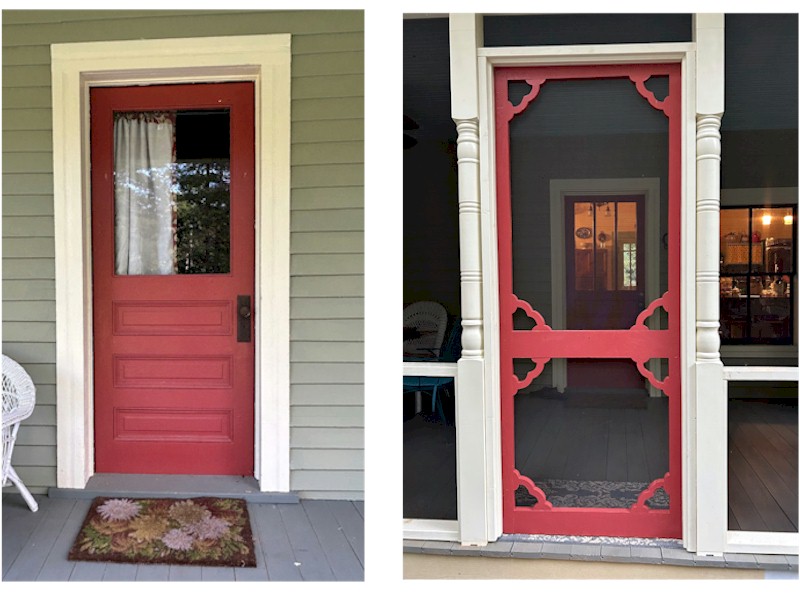
Doctor's office door; screen door to porch/kitchen.
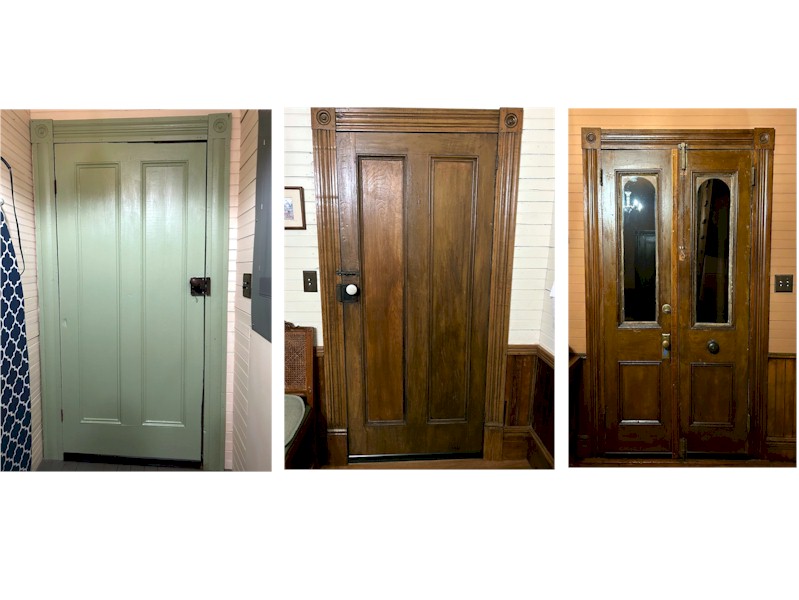
1850s era Greek Revival style doors, left and center.
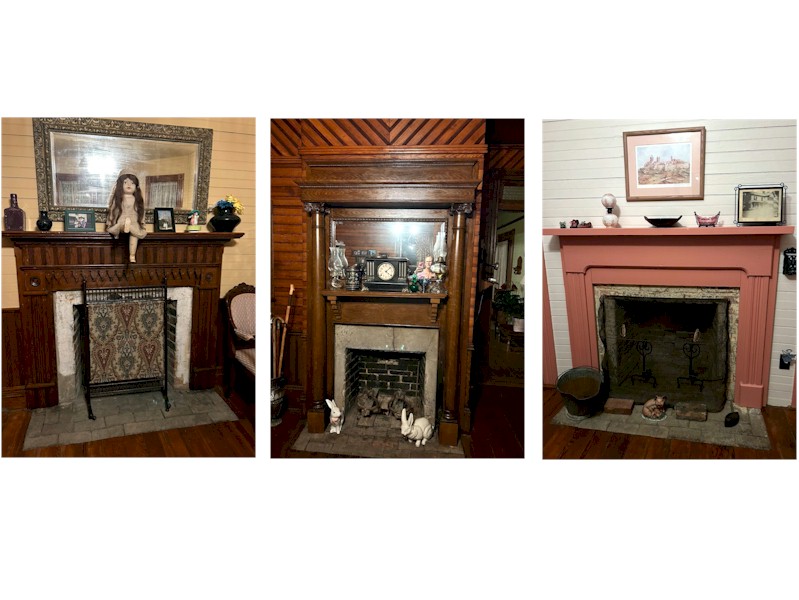
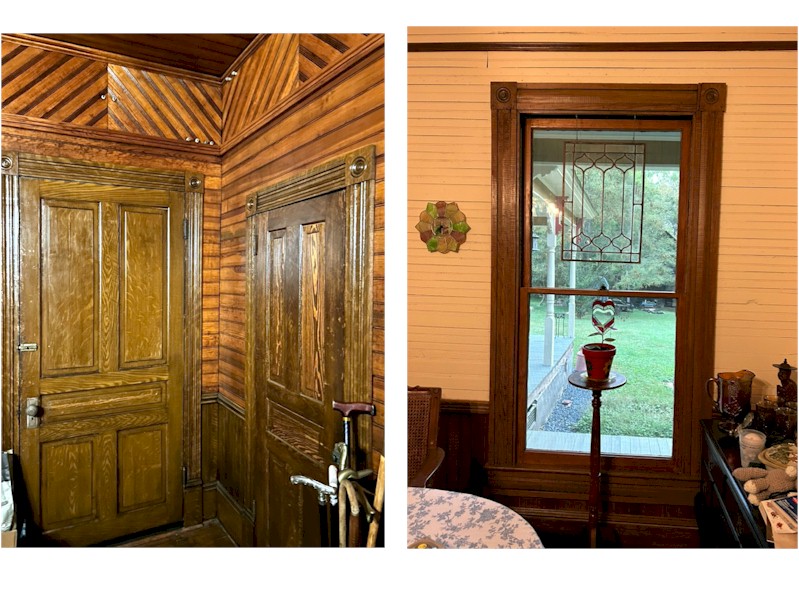
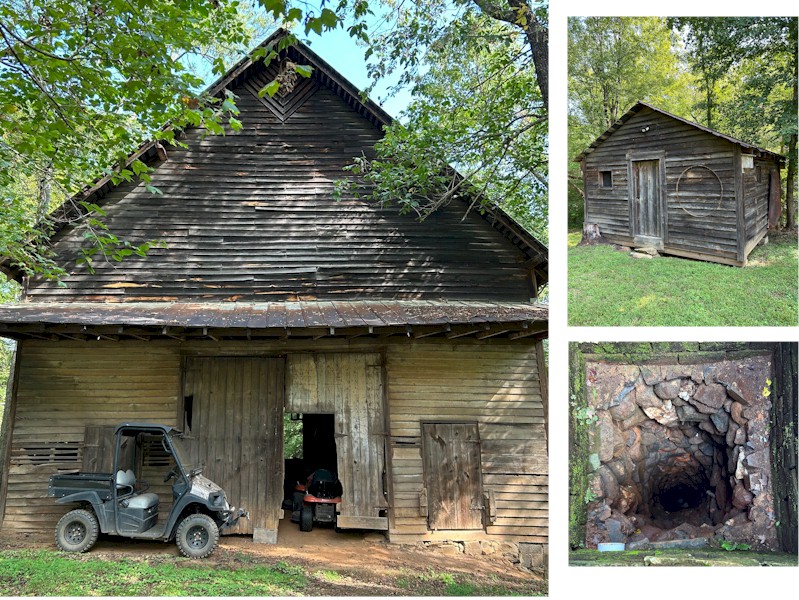
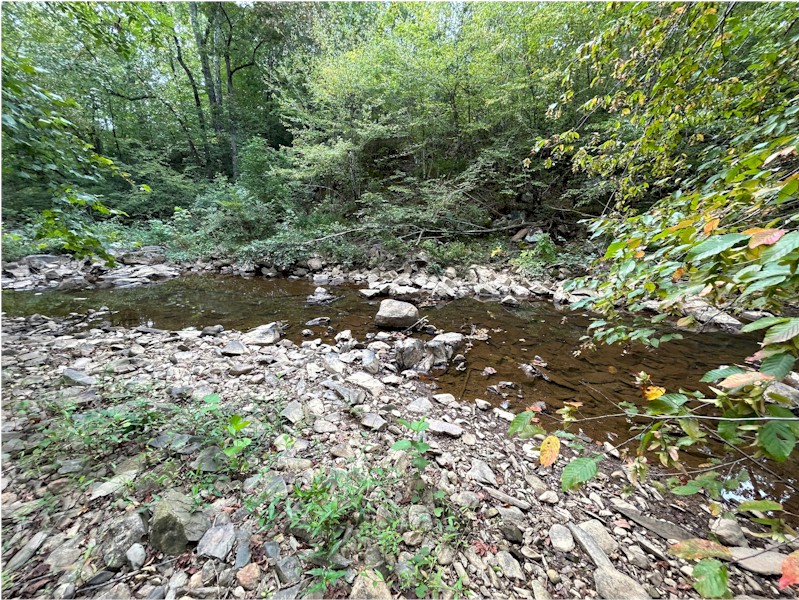
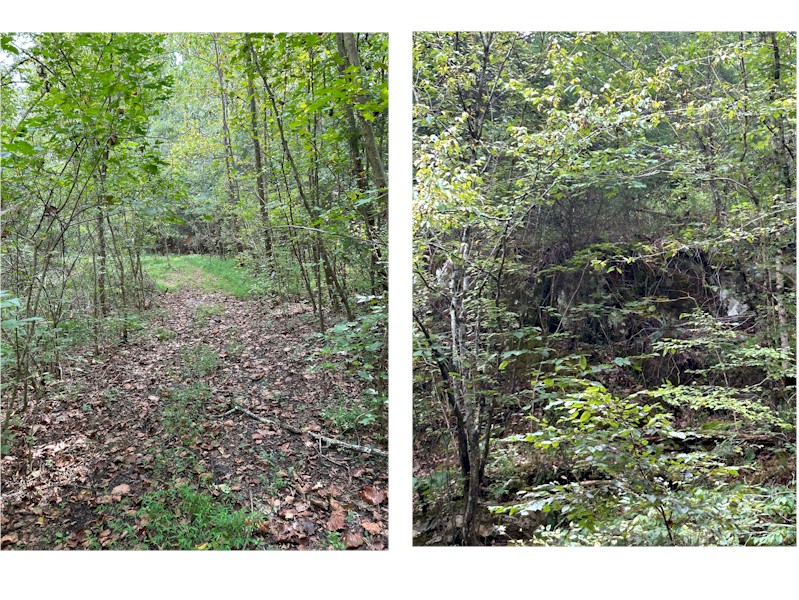
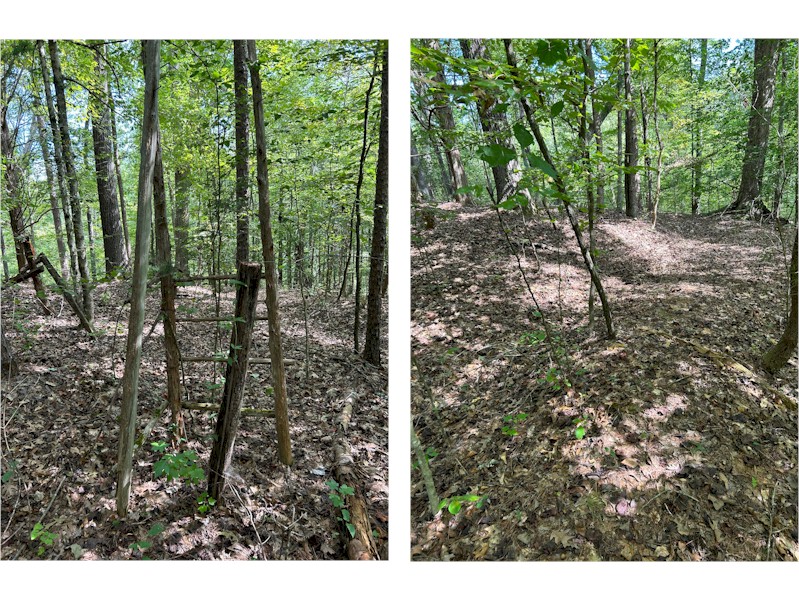
Farm fencing includes livestock exclusion gate.
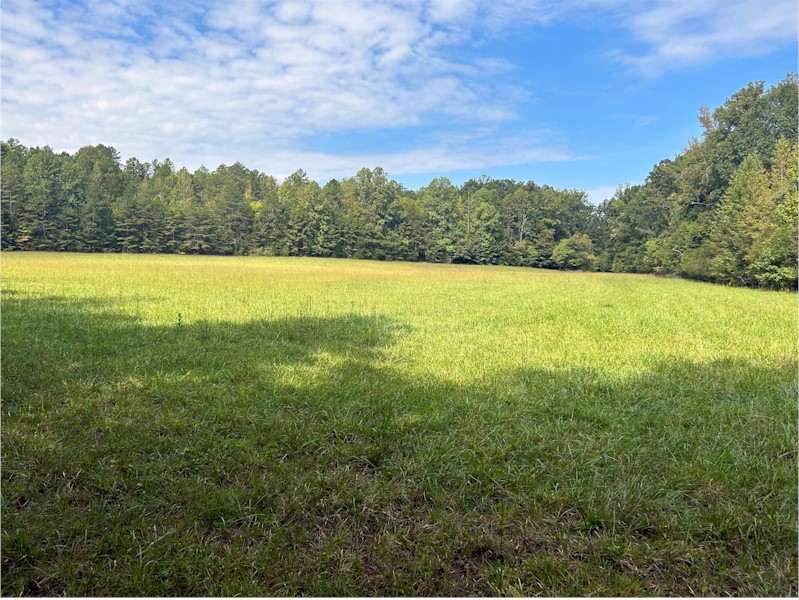
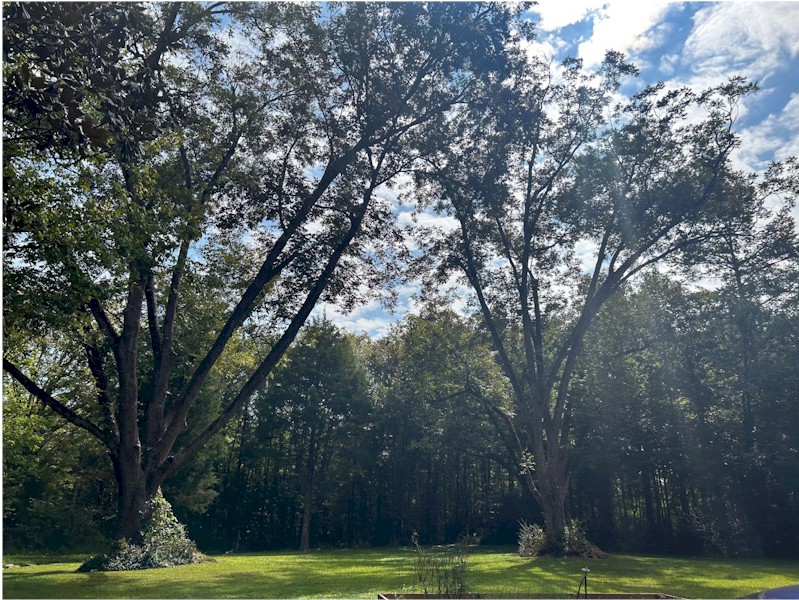
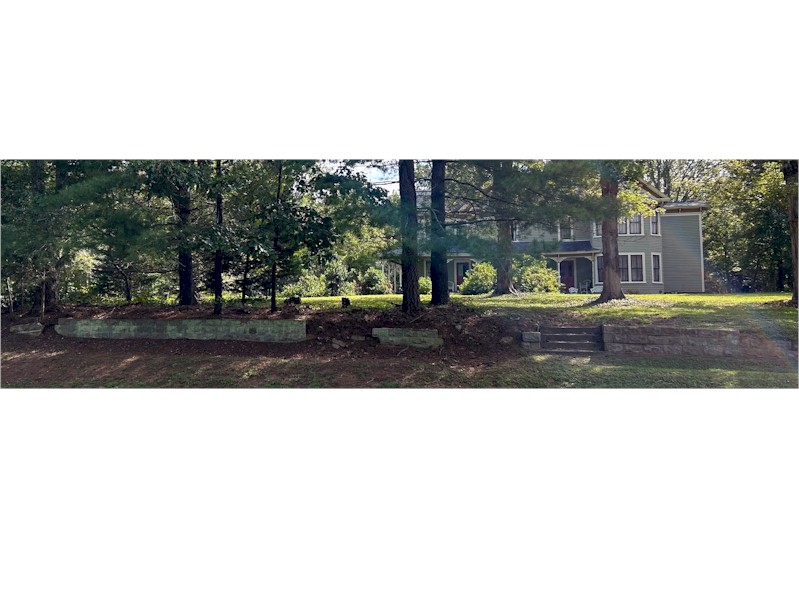
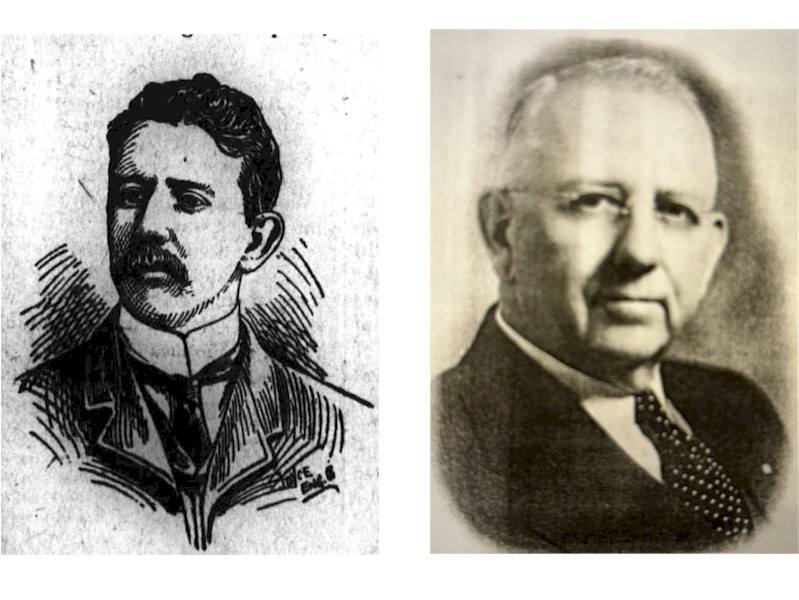
Left, from a 1908 newspaper sketch; right, later in life.
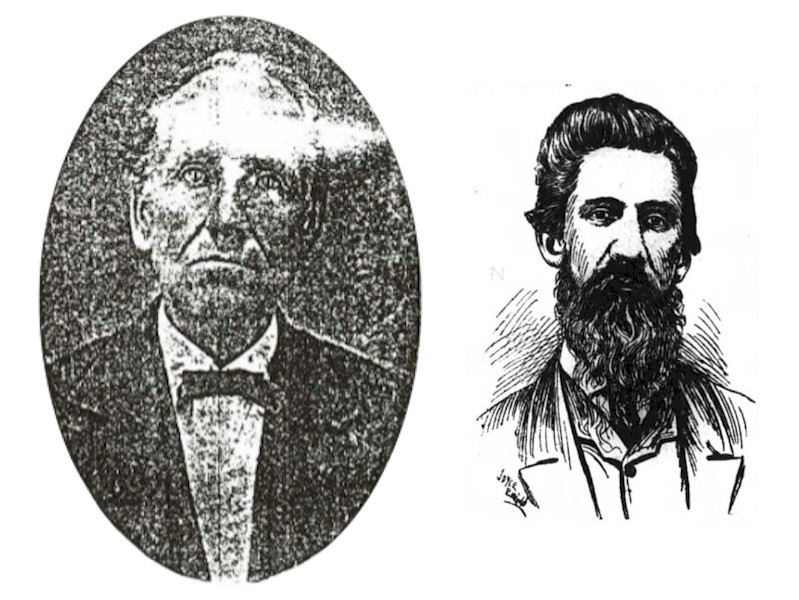
Read the Landmark Designation Report
Read the Landmark Designation Resolution
The nucleus of the house widely associated with Dr. Charles Hoover Phillips, a prominent physician serving western Randolph County in the late 19th and early 20th centuries, possibly was built as early as 1850 by Penuel Wood Keerans (later Kearns). By 1890, the house had been significantly expanded, probably after it came into the possession of Phillips’s father, Methodist minister Charles Haley Phillips, in 1873, into a T-plan home with a cross-gable polygonal end pavilion and elaborate exterior ornamentation. A further expansion in the 1890s added more adornment, making it today one of the few houses remaining in Randolph County that demonstrates a strong Victorian era Queen Anne influence. Both the exterior and interior retain a high degree of originality. Following a North Carolina Department of Transportation (DOT) survey in 1995, the house was identified as eligible for inclusion on the National Register of Historic Places because of its architectural significance (Survey Site No. RD00026). The State Historic Preservation Office additionally recommended including a contemporaneous shed and bank barn north of the house in any National Register designation effort.
The parcel on which the house sits includes interesting remnants of the property’s agricultural past, including the bank barn and shed; two hand-dug, stone-lined wells; farm fencing; a livestock exclusion gate; earthen erosion control berms; and a grove of pecan trees dating to Dr. Phillips’s time. The northern edge of the property, which adjoins the Little Uwharrie River, includes remnants of historical modes of transportation, including the southern end of a river ford used from the 18th century until the Fuller Mill Covered Bridge was built in 1907; the old Fuller Mill Road bed; and the southern abutment of a since-demolished 1949 bridge that incorporates elements of the covered bridge abutment.
The house is of special significance due to its architectural importance and high degree of originality. The house and outbuildings meet criteria for designation as a Local Historic Landmark due to important architecture exemplifying an architectural type or style distinguished by innovation, rarity, uniqueness or overall quality of design, detail, materials, or craftsmanship; and due to associations with significant persons, in that Dr. Charles Hoover Phillips was a locally important figure who chaired the Randolph County Board of Education and later became influential in Thomasville. The parcel includes significant elements of setting and feeling that tie the house to its past and to the history of the community, and meets criteria for inclusion in the designation as a result of its representation of a cultural, economic, historic, or social theme expressed through a distinctive area.
While the interior of the house includes many original and significant design elements, the proposed landmark designation covers only the exterior. The designation boundary encompasses the entire 21-acre parcel.